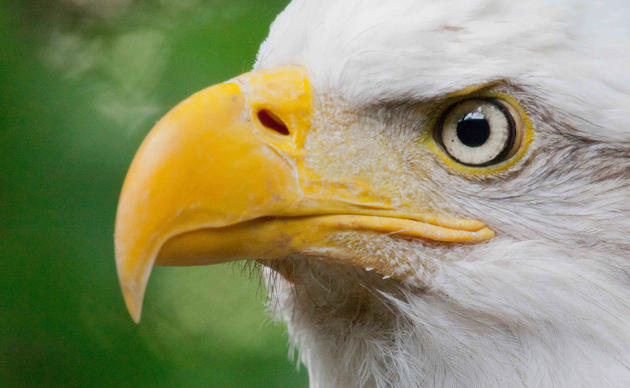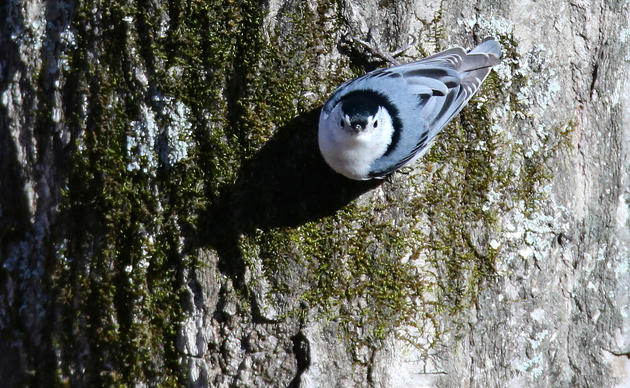The Friends of the San Juans recently released a report on shoreline armor installed in San Juan County from 2009 to 2019. Their results show, among other issues, that 74% of the armoring installed over that 10-year period had no permits from either the state or the county, and only 9% of the new armor in the county was legally permitted prior to installation. This raises the question – Why?
While we can’t rely too much on a single county-level study as an accurate Sound-wide picture, there have been other limited surveys in portions of Puget Sound which suggest that at least 50% of installed armoring is not permitted. The lack of more complete data shows we need a more comprehensive, Sound-wide survey of armor. Audubon is continuing to lobby state officials for improved data and legal enforcement.
However, to address this issue we must start with a closer look at the root causes; lack of information, outreach, and consequences.
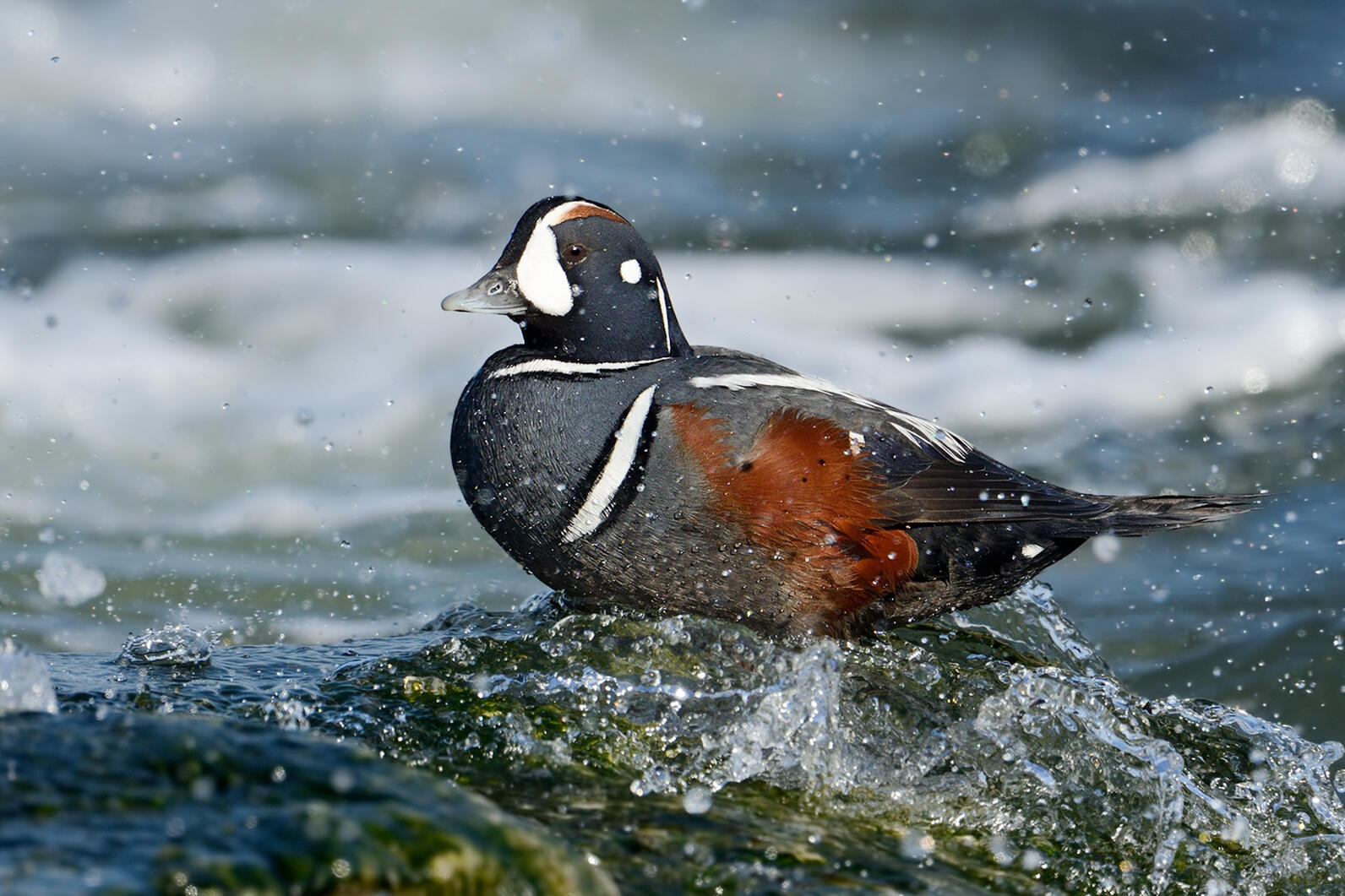
Lack of information and outreach:
The lack of landowner compliance may be in part because some people simply do not understand the legal requirements to get permits. For those, an increase in education and outreach such as the Shore Friendly Program may be of help in getting more people in the door for permitting shoreline stabilization projects.
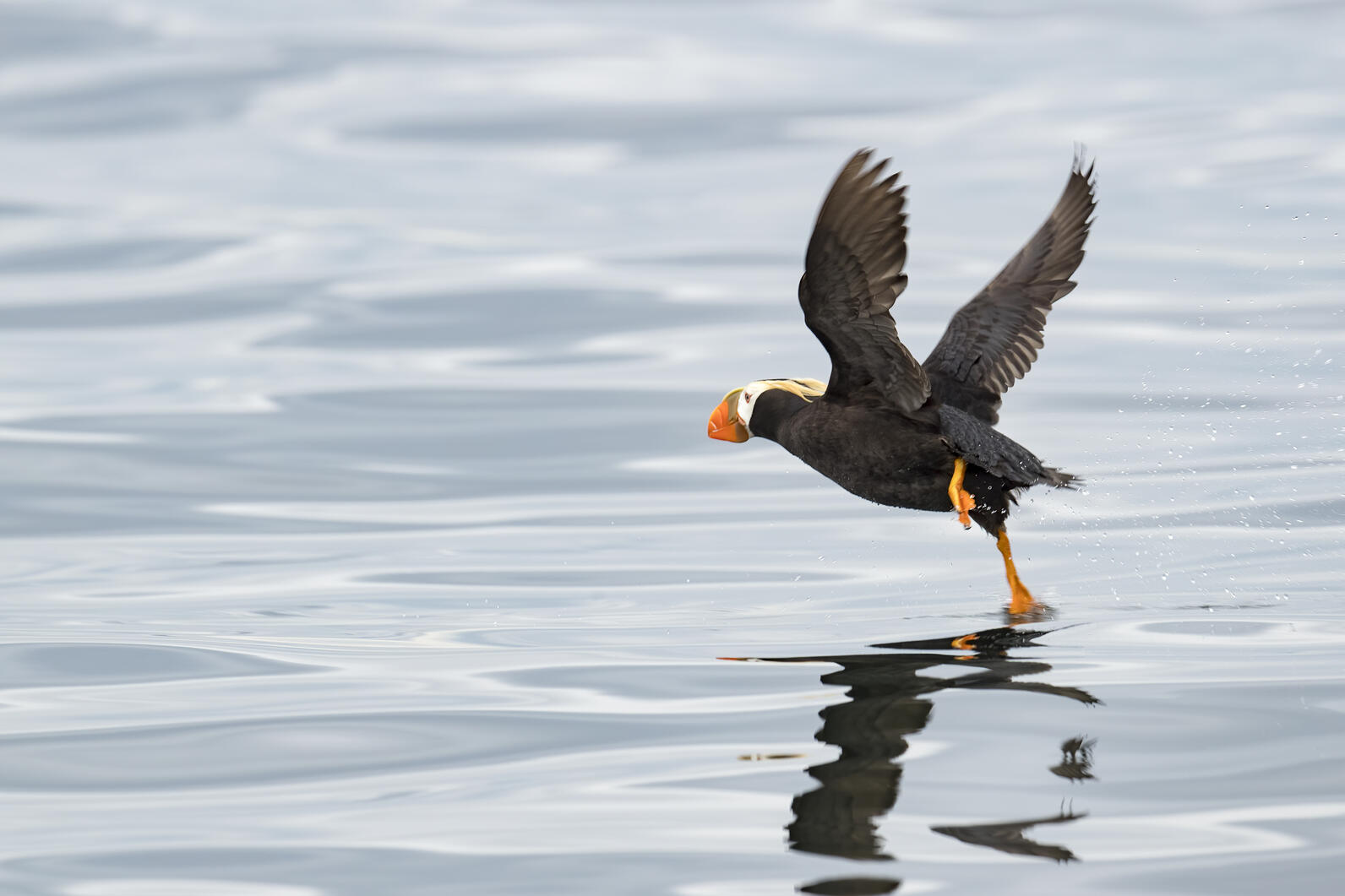
Lack of consequences:
For many years the Department of Fish and Wildlife (DFW), which issues Hydraulic Permit Approvals for armoring and other shoreline structures, did not have many of the legal tools needed to easily enforce permit requirements. This gap in authority contributed to a boom in unpermitted structures. Since the legislature gave them more authority, the DFW has begun to ramp up its regulation and enforcement, but there is still a lot of room for improvement.
The San Juans report demonstrated that, even when owners of unpermitted armor were given notice to remove it, there was little follow-up and enforcement, allowing armoring to remain in place for years. Experience has shown that with active routine inspections and enforcement there is better compliance and fewer future violations, leading to better outcomes for birds and fish.
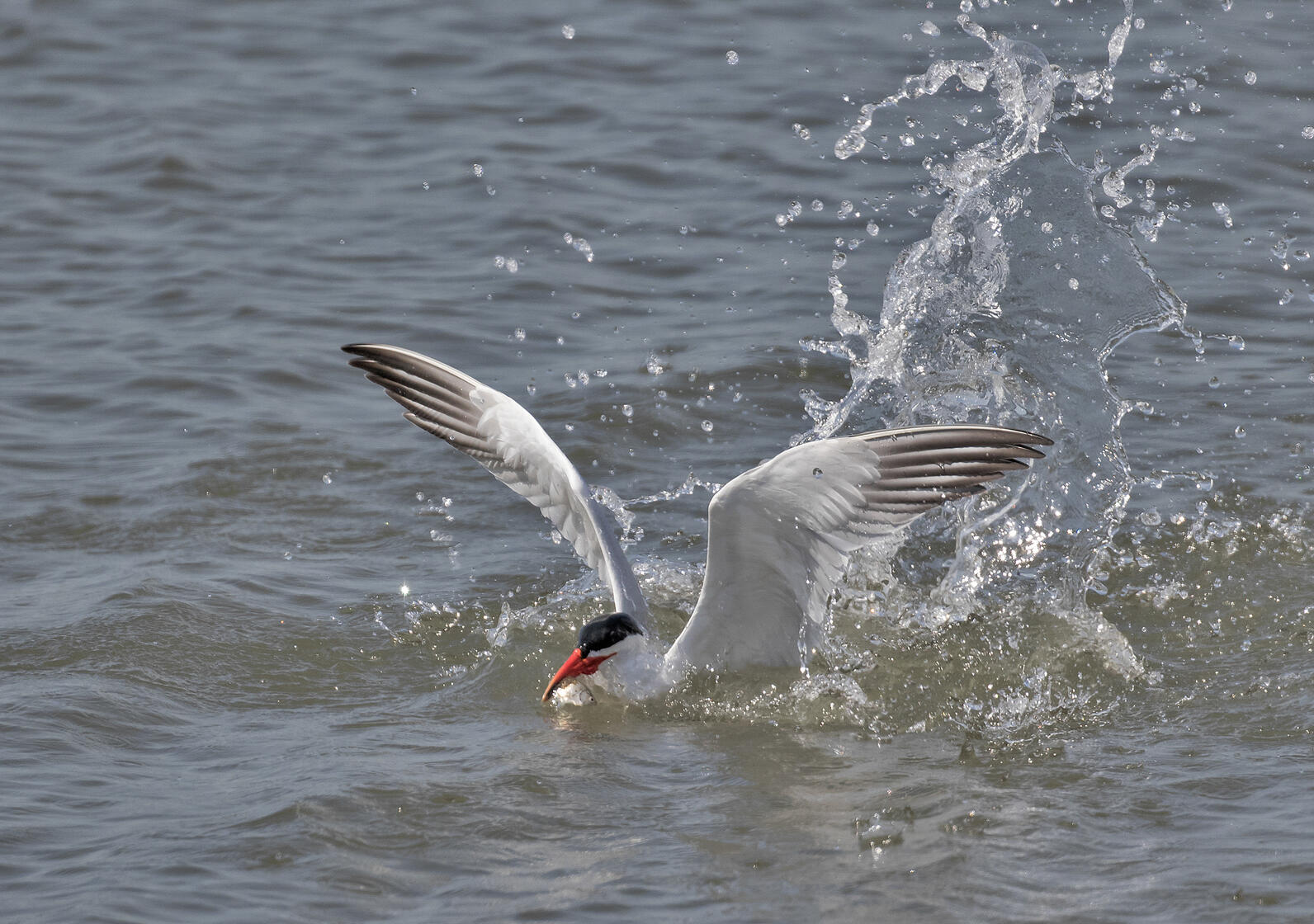
So how can Audubon help ensure that Puget Sound shorelines are protected from unnecessary shoreline armoring? First, the DFW needs sufficient resources and staffing. While there have been increases in compliance staff and inspections in recent years, the size of the backlog shows that more is needed. They also need stronger public and political support. It is not easy to be the face of environmental law enforcement, especially when these laws can be costly for homeowners, but these laws exist so that the DFW can achieve its mission: to preserve, protect and perpetuate fish, wildlife and ecosystems. The DFW’s frontline staff need to know that when they enforce the law on illegal shoreline armoring, the public will have their backs.


